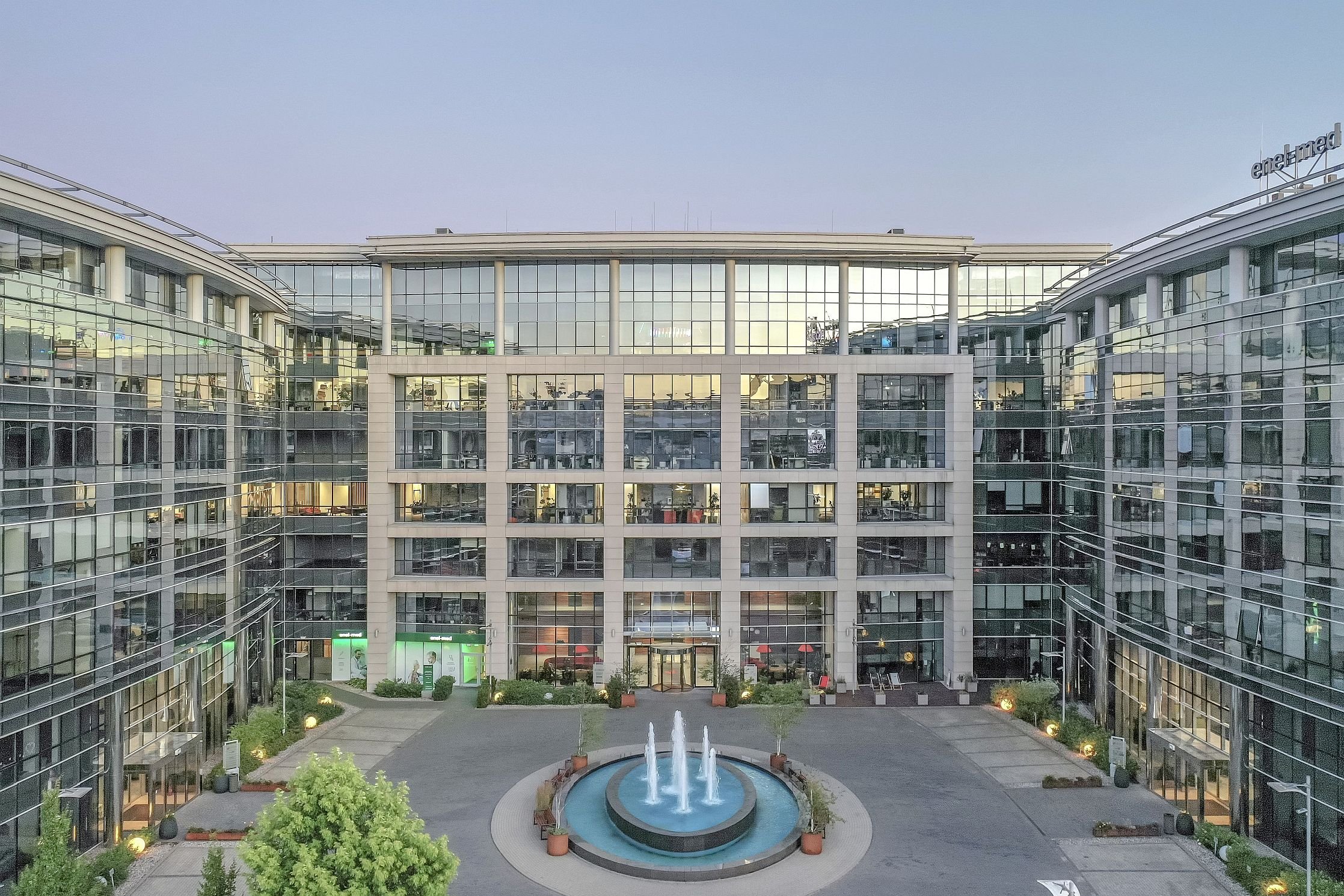Developers announced the construction of more than 275,000 sqm of new office projects in the major regional cities – Cluj-Napoca, Timisoara, Iasi and Brasov, and therefore the modern office stock should reach approximately 1.3 million sqm in the next 5 years. Increasing development activity has been noticed, especially when compared with the 2021 – 2022 period, when close to 70,000 sqm of office spaces were delivered in the four cities in question, according to the Cushman & Wakefield Echinox Office Market Regional Cities report.
Iasi and Cluj-Napoca will benefit from the highest new supply of office spaces in the coming years: 164,000 sqm and 75,000 sqm respectively, while projects with total GLAs of 16,000 sqm and 21,000 sqm are expected in Timisoara and Brasov.
Cluj-Napoca remains the largest regional office hub, with a stock of 340,000 sqm at the end of 2022, followed by Timisoara (293,000 sqm), Iasi (213,000 sqm) and Brasov (152,000 sqm). As such, the stock of modern office spaces in these cities reached almost 1 million sqm, representing less than a third of the corresponding total in Bucharest.
When it comes to the main office projects under construction or under different planning stages, the following ones should be mentioned: in Iasi – Silk District (a mixed-use project developed in several phases, which will include an office component of 104,000 sqm) developed by Prime Kapital, Palas Campus (60,000 sqm), developed by Iulius Group; in Brasov – AFI Europe intends to extend AFI Park and NHood announced a new building within the Coresi Business Campus. The most important projects expected in Cluj-Napoca relate to the Prime Kapital and Iulius Group multi-functional developments which are scheduled to be built on the former Cesarom and Carbochim industrial platforms.
Vlad Saftoiu, Head of Research Cushman & Wakefield Echinox, commented: “The major regional cities continue to be a point of attraction for the companies wishing to further expand their presence in Romania, with developers, therefore, aligning their investment plans based on this continuous demand, as new office spaces which could accommodate more than 25,000 employees are due to be built in the analyzed cities by 2028. We consider that the main challenge present in the four cities pertains to workforce availability, taking into account the very low unemployment rates. However, those cities are all strong university centres with more than 193,000 registered students in total, thus having the capacity to provide candidates for the positions sought after by companies, a matter which will undoubtedly have a positive influence on the future demand for office spaces by ensuring a high absorption rate for the projects planned to be delivered in the cities in question.”
The main driver of the leasing activity has once again been the IT&C sector, which had a share of more than 70 percent of the total take-up in 2022, a total take-up of 72,000 sqm, which reflects a 20 percent increase compared with 2021, while the largest transaction signed in 2022 was of 6,000 sqm.
Cluj-Napoca and Brasov have the lowest vacancy rates (6 percent and 7 percent respectively), while 10 percent of the Timisoara office stock is unoccupied. Moreover, a higher vacancy rate of 18 percent is recorded in Iasi, mostly in B-class buildings.
The prime headline rents have seen a marginal increase, ranging between 11 – 13.5 euros/sqm/month in Brasov, while also reaching a level of 15-16 euros/sqm/month in Cluj-Napoca and Iasi.
The Cushman & Wakefield Echinox office agency has advised leasing transactions totalling more than 140,000 sqm in Romania during the last 3 years.







